
| Mekong Delta Days |
|
|
|
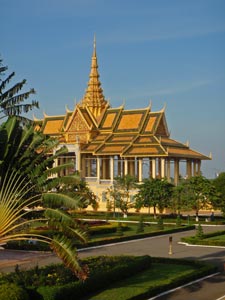 |
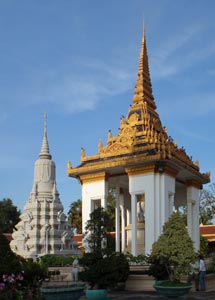 |
|
|
||
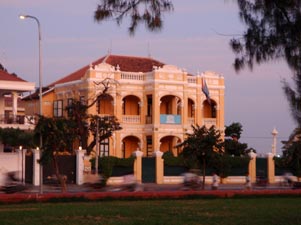 The French colonial past of Phnom Penh |
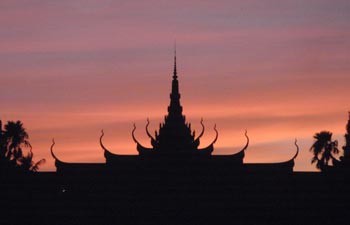 Phnom Penh sunset |
|
|
Phnom Penh to Chau Doc
|
||
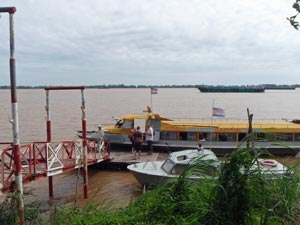 Our long boat awaits on the Mekong |
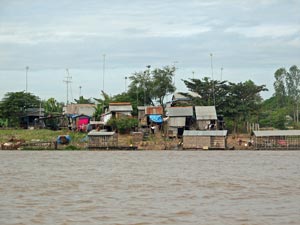 One of many villages lining the river |
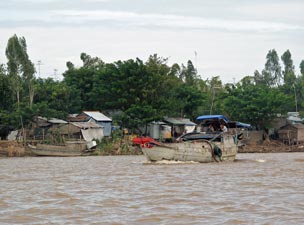 Life on the Mekong |
|
|
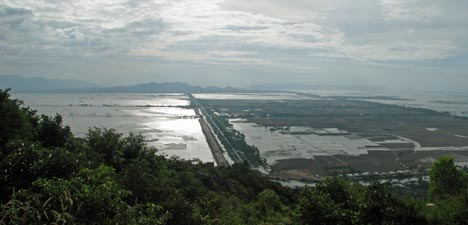 View westward from Sam Mountain over the floodplains of Cambodia |
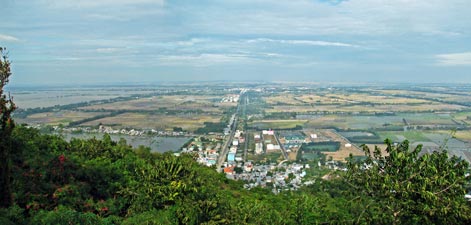 view northward from Sam Mountain over Chau Doc and the Vietnamese rice fields |
|
|
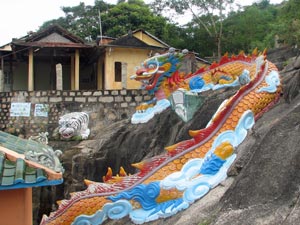 One of many Chinese buddhist shrines on Sam Mountain |
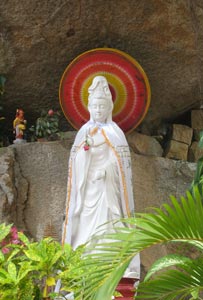 Shrines to buddha ..... |
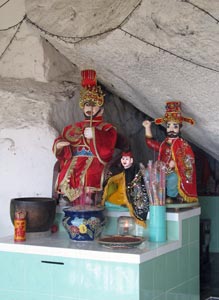 ..... and a gaggle of revered ancestors |
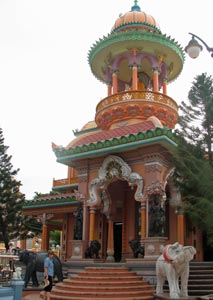 Tay An Pagoda |
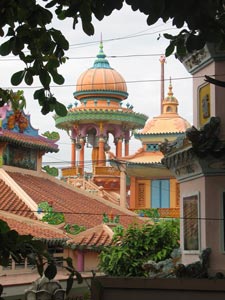 The riotous pastels of Tay An |
|
|||
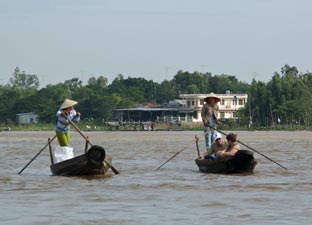 Local boats on the Mekong |
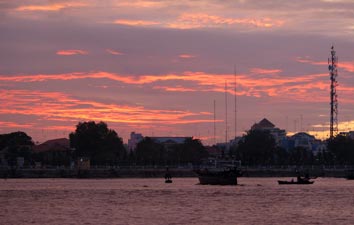 Chau Doc sunset (from the deck of our floating hotel) |
||
Chau Doc to Can Tho
|
|||
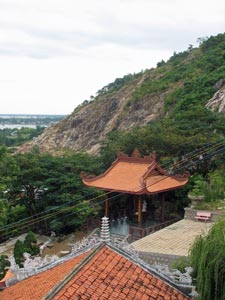 Chua Hang (Cavern Pagoda) on Sam Mountain |
|
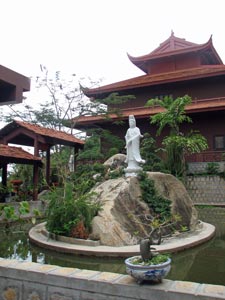 Courtyard of the Cavern Pagoda |
|
||
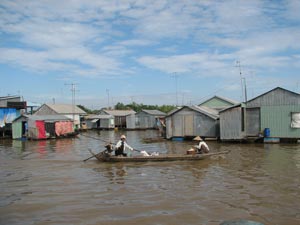 Floating fish farms on the Bassac Arm of the Mekong |
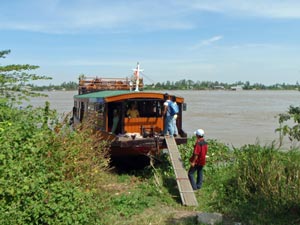 Improvised landing |
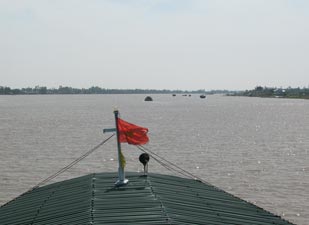 A long slow ride down the Mekong |
|
||
Can Tho to Ho Chi Minh City
|
||
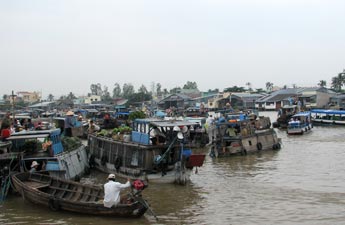 |
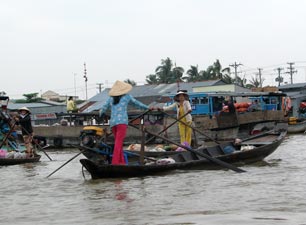 The hustle of the floating market at Cai Rang |
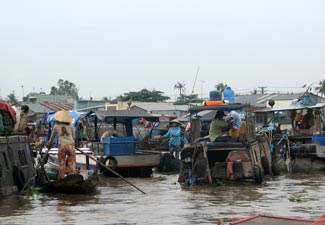 |
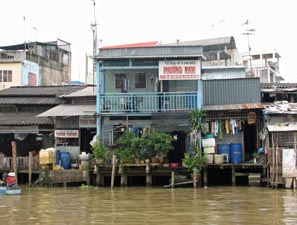 Canal side suburbia in Can Tho |
|
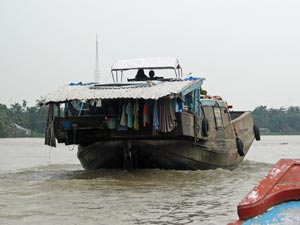 Au revoir to the Mekong!! |
Ho Chi Minh City |
||
|
|
|
|
|
|
|
||
|